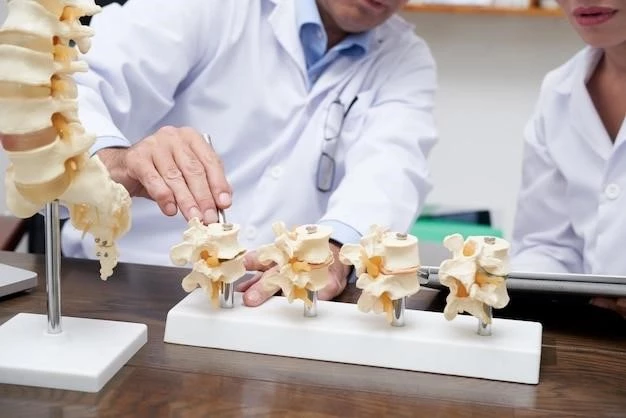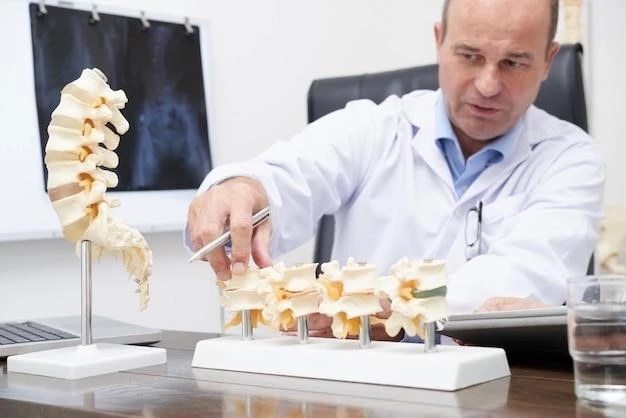Torticollis Keloids Cryptorchidism Renal Dysplasia⁚ An Overview
The syndrome of torticollis, keloids, cryptorchidism, and renal dysplasia, also known as Goeminne TKCR syndrome, is a rare genetic disorder with complex genotype-phenotype interactions. Learn more about its developmental defects, genetic associations, and inheritance patterns.
The TKCR syndrome, also known as Goeminne syndrome, is a rare genetic disorder characterized by the combination of torticollis, keloids, cryptorchidism, and renal dysplasia. This syndrome has been linked to an important gene known as TKCR. Learn more about the complexities of this condition, its genetic associations, and the challenges posed by its diverse symptoms.
Introduction to TKCR Syndrome
The TKCR syndrome, also known as Goeminne syndrome, is a rare genetic disorder characterized by the combination of torticollis, keloids, cryptorchidism, and renal dysplasia. This syndrome has been linked to an important gene known as TKCR. It presents with unique developmental defects during embryogenesis, malformations such as muscular torticollis, skin anomalies like keloids, urogenital issues including cryptorchidism, and renal abnormalities. The syndrome was first described in a large family, highlighting its X-linked inheritance pattern with incomplete dominance. The genetic locus has been mapped to the X chromosome, specifically at band q28. This syndrome poses challenges due to its complex genotype-phenotype interactions٫ affecting multiple organs and systems. Understanding the intricate nature of TKCR syndrome is essential for accurate diagnosis and effective management strategies.
Genetic Association and Inheritance Patterns
The TKCR syndrome, encompassing torticollis, keloids, cryptorchidism, and renal dysplasia, is a rare genetic disorder associated with a deletion on chromosome 22, akin to the 22q13.3 deletion syndrome. The syndrome exhibits X-linked inheritance patterns, initially identified by Goeminne in 1968 as incomplete dominant. Mapping of the genetic locus to Xq28, distal to the G6PD locus, further elucidates the genetic associations in TKCR syndrome. Complex interactions between genotype and phenotype, such as the deletion in the Xq28 region involving the BRCC3 gene, contribute to the diverse manifestations of this condition.

Disease Characteristics
The TKCR syndrome, known as Goeminne syndrome, manifests as a rare genetic disorder featuring torticollis, keloids, cryptorchidism, and renal dysplasia. This syndrome is linked to a deletion on chromosome 22 and has complex genotype-phenotype interactions. Its diverse symptoms affect multiple organs, making diagnosis and treatment challenging.
Developmental Defects and Malformations
The TKCR syndrome, characterized by torticollis, keloids, cryptorchidism, and renal dysplasia, presents as a rare developmental defect during embryogenesis. This malformation syndrome includes congenital muscular torticollis, skin anomalies like keloids, urogenital malformations such as cryptorchidism and hypospadias, and renal dysplasia. The syndrome’s genetic association involves a deletion on chromosome 22, leading to complex interactions between genotype and phenotype, impacting various organ systems and posing diagnostic and management challenges.
Association with Chromosome 22 Deletion
The rare TKCR syndrome, characterized by torticollis, keloids, cryptorchidism, and renal dysplasia, is linked to a small segment deletion on chromosome 22, resembling the 22q13.3 deletion syndrome. Genetic studies have shown that the locus for this syndrome is located on the X chromosome at band q28, distal to the G6PD locus. This deletion results in complex genotype-phenotype interactions, affecting various organ systems and leading to the diverse manifestations observed in individuals with TKCR syndrome.
Complex Genotype-Phenotype Interactions
The TKCR syndrome, involving torticollis, keloids, cryptorchidism, and renal dysplasia, showcases intricate interactions between genetic makeup and physical traits. This rare disorder, associated with a deletion on chromosome 22q٫ demonstrates diverse manifestations due to complex genotype-phenotype relationships. Understanding these interactions is crucial for diagnosing and managing the varied symptoms presented by individuals affected by TKCR syndrome.

Diagnosis and Treatment
Diagnosing TKCR syndrome involves recognizing the symptoms of torticollis, keloids, cryptorchidism, and renal dysplasia. Key to management is addressing each aspect independently, focusing on physical therapy for torticollis, dermatological management for keloids, surgical intervention for cryptorchidism, and nephrological care for renal dysplasia. A multidisciplinary approach is crucial for comprehensive treatment and improving quality of life for individuals with TKCR syndrome.
Symptom Recognition and Diagnosis
The TKCR syndrome, encompassing torticollis, keloids, cryptorchidism, and renal dysplasia, presents with distinct symptoms aiding in diagnosis. Recognition of torticollis, keloids, undescended testes, and kidney deformities is crucial. Diagnosing this rare genetic condition involves evaluating the array of physical manifestations, requiring a multidisciplinary approach for accurate identification and subsequent treatment planning.
Management Strategies and Therapeutic Approaches
Addressing the symptoms of TKCR syndrome involves a multidisciplinary approach. Therapeutic interventions may include physical therapy for torticollis, dermatological treatments for keloids, surgical procedures for cryptorchidism, and nephrological care for renal dysplasia. Management strategies aim to improve quality of life by addressing each aspect of the syndrome through a tailored treatment plan.
